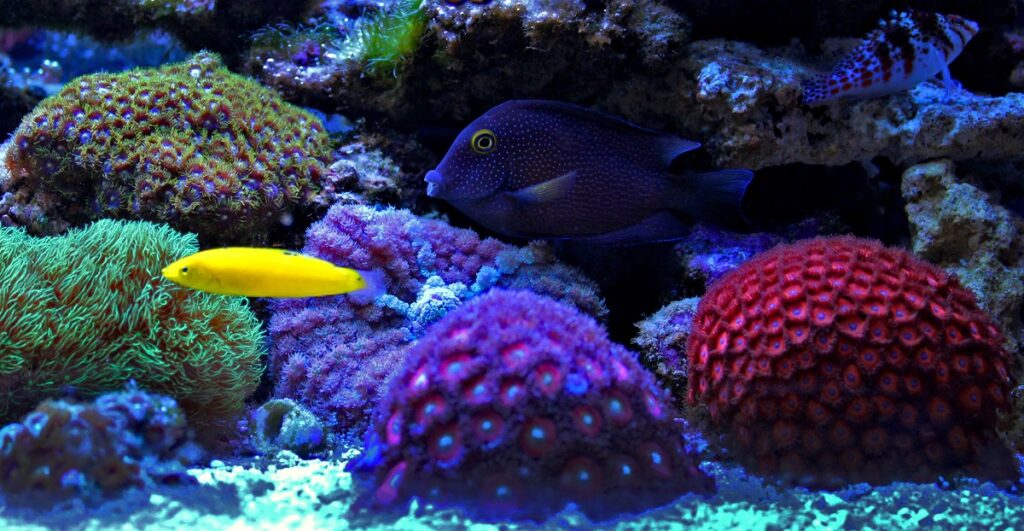Most fish and coral are sensitive species and susceptible to rapid changes to their environments. Please remember when you bring home new fish, you’ll want to exercise caution. This can be a stressful process as the water that the fish currently live in could be vastly different from your home aquarium. This is why the acclimation process is so important.
What is Acclimation?
By definition, acclimation refers to a process or result of becoming accustomed to a new climate or different conditions. When introducing new fish to your home aquarium, it’s critical to go slow and practice proper water transfer techniques in order to prevent undue stress to your new fish. Stress is the number one reason most fish become sick or perish.
The Wrong Way
Many individuals will take their bag of water and fish home from the store and set it in their tank to equalize temperatures before dumping the complete contents into the tank. STOP! This is a very bad idea as the difference in pH and the other water parameters could be problematic at the very least. Additionally, you don’t want to also send any hitchhikers that may also be traveling in the bag into your aquatic environment.
What You Should Do – Minimally
Float (putting the bag with fish inside in your tank floating on the surface) the bag you brought the fish home in to get the temperature equal to that of the tank. After a few hours, dim your lights and open the rubber band on the bag your new fish are in. Then place that bag in the tank with the open top rolled down several turns to trap an air bubble to lend support to keep the bag afloat.
Next, you’ll want to start by adding about a 1⁄2 cup of tank water from your tank to the fish bag. Wait about twenty minus and repeat until you have added at least as much water as was in the bag initially. What you are doing is creating a slow process that allows your new fish to acclimate to the change in water conditions. Going slowly gives time for your fish to adjust to the change in pH, temperature, nutrient levels, oxygen and salinity if you are working with marine fish.
What You Should Do – Ideally
Follow the steps above but put your new fish you in a separate quarantine tank (QT) for a minimum of two weeks but preferably 4 weeks. This is an observation period where you can look for any issues caused by the stress of the move or that the fish already had before they came home. Remember, some parasites and fungus may be difficult to see so watching for changes in the color of the fish, their actions and feeding habits can also confirm if everything is ok. If you see something strange, notice their color fading or the are not eating, then start to look for the source issue. If you need help, contact your local aquatic retailer or us at fish@hikariusa.com for help.

